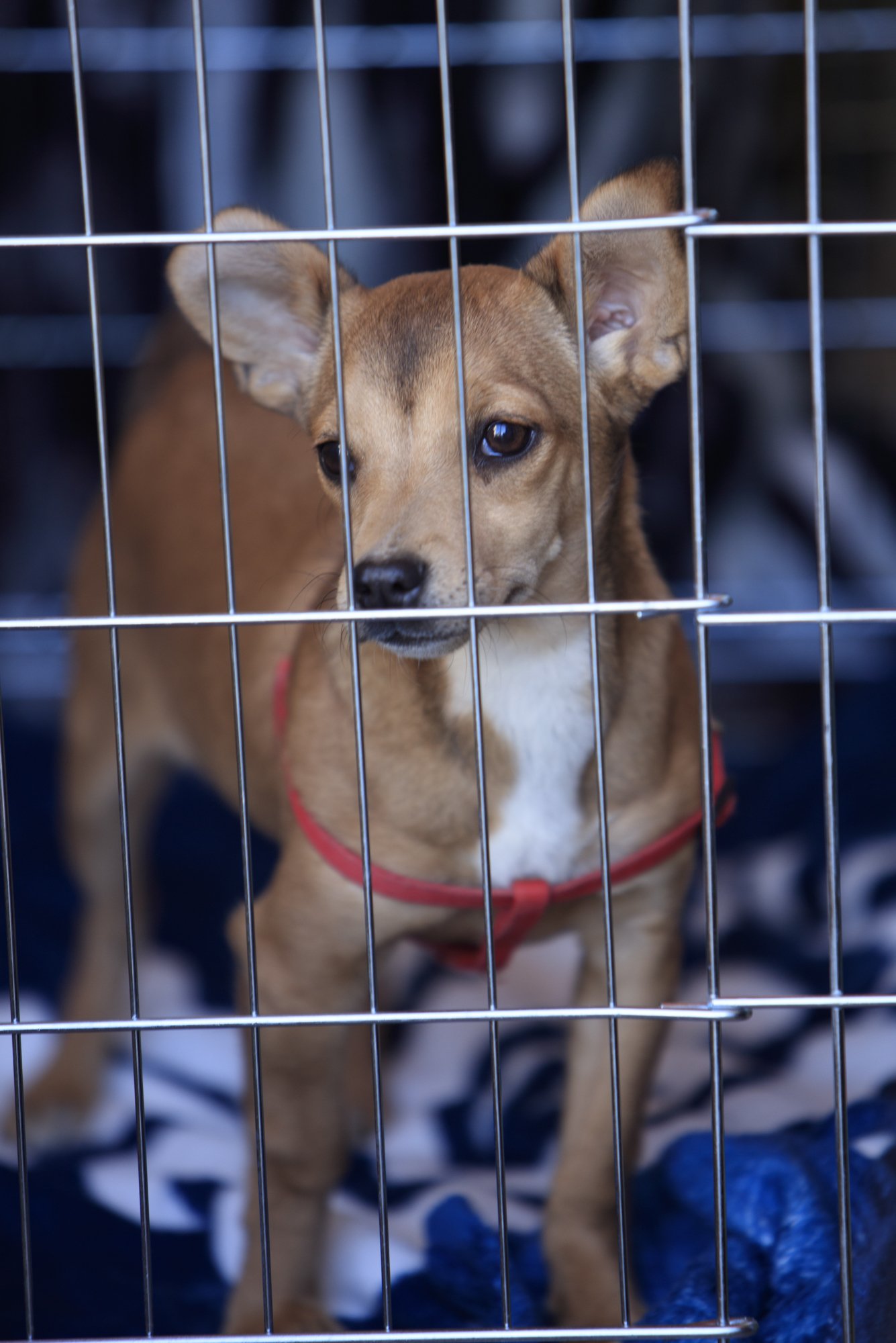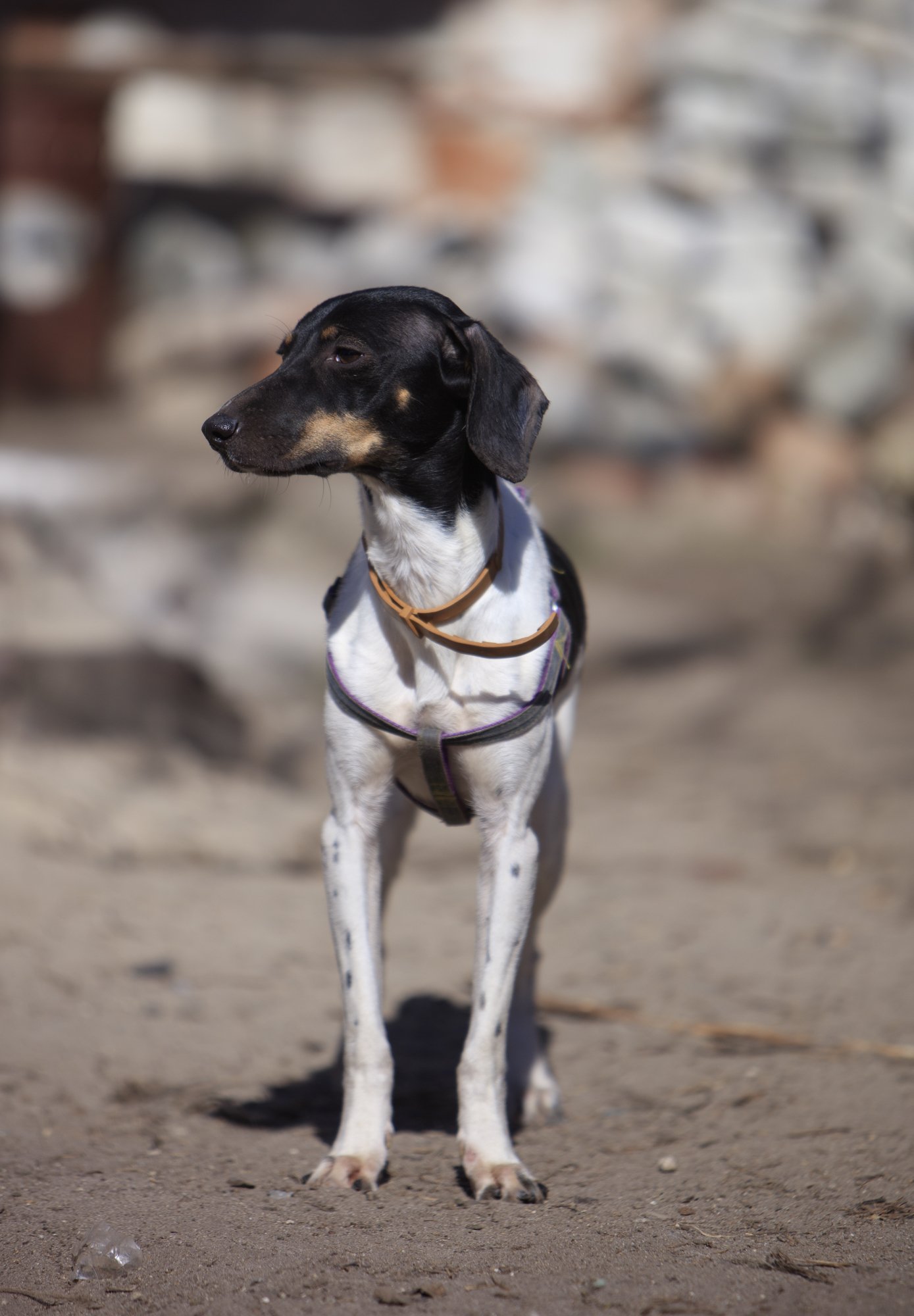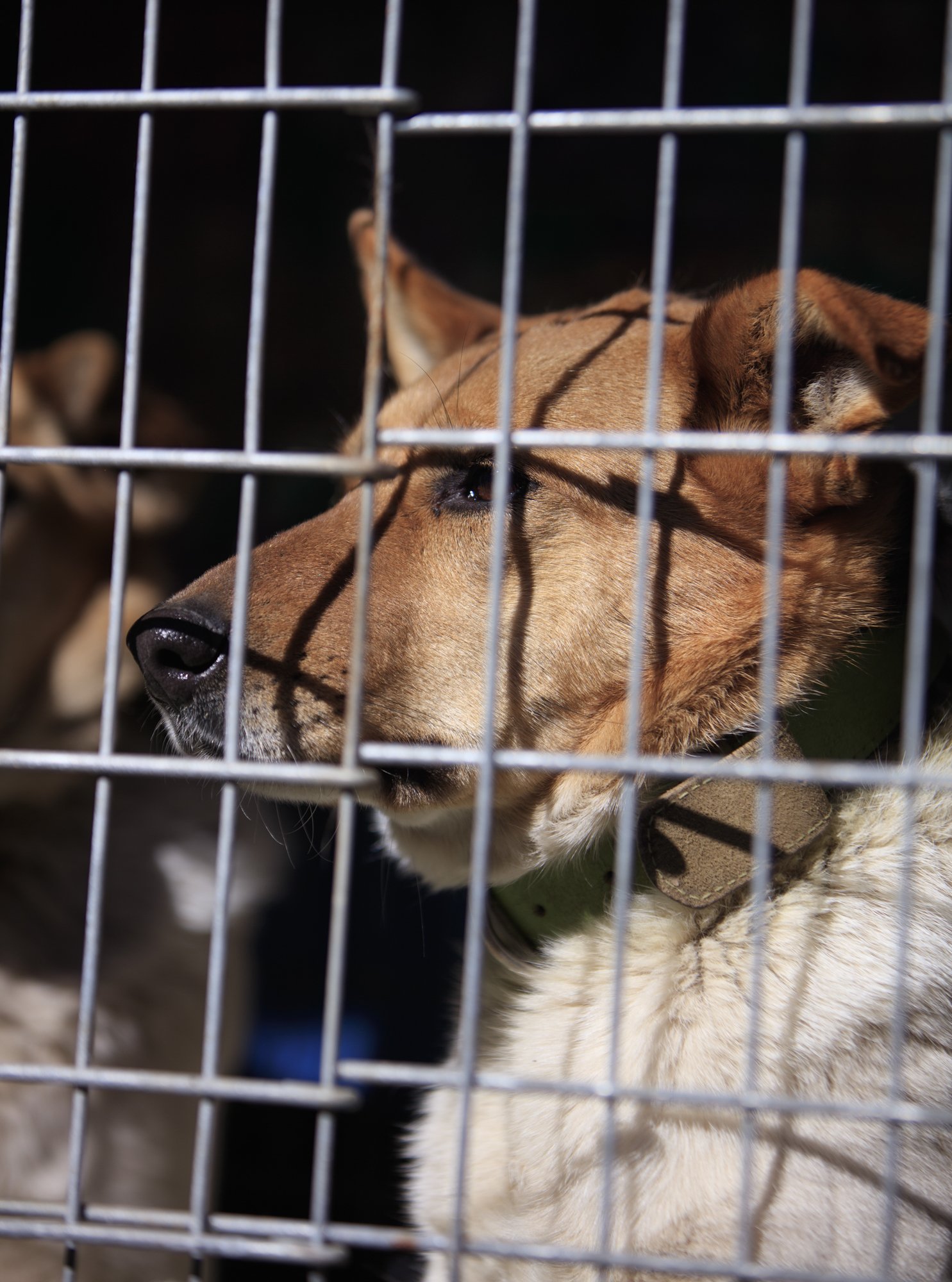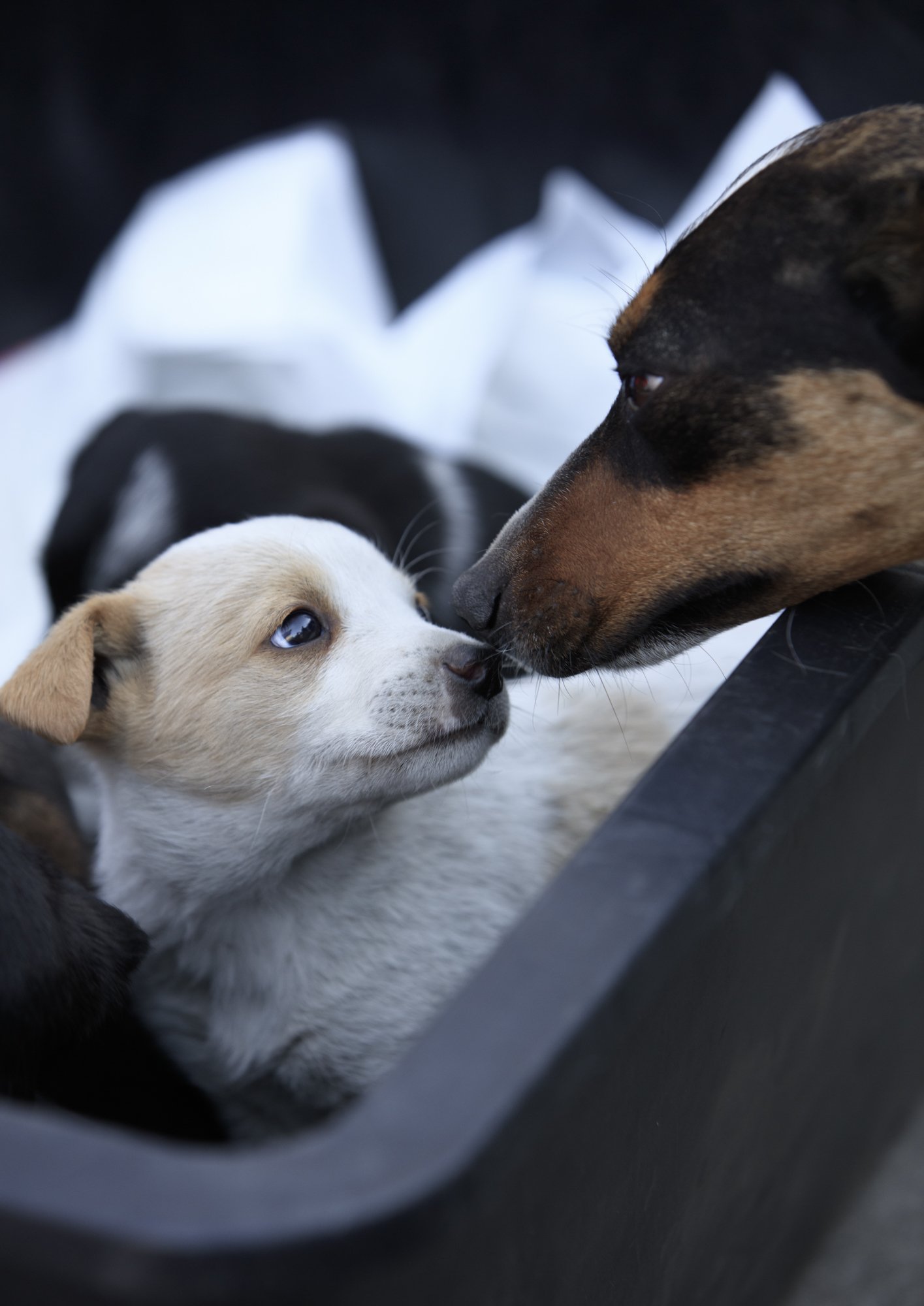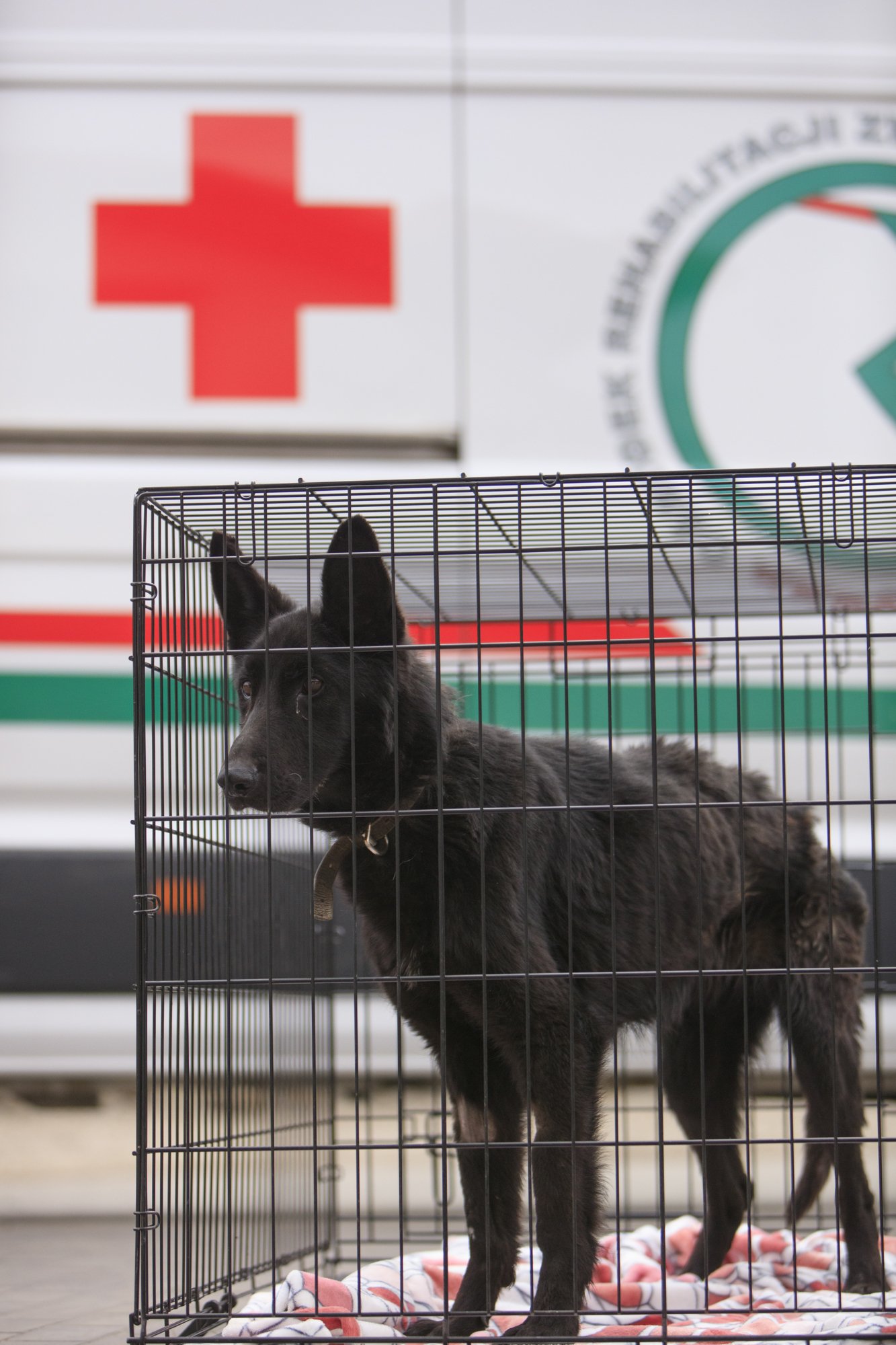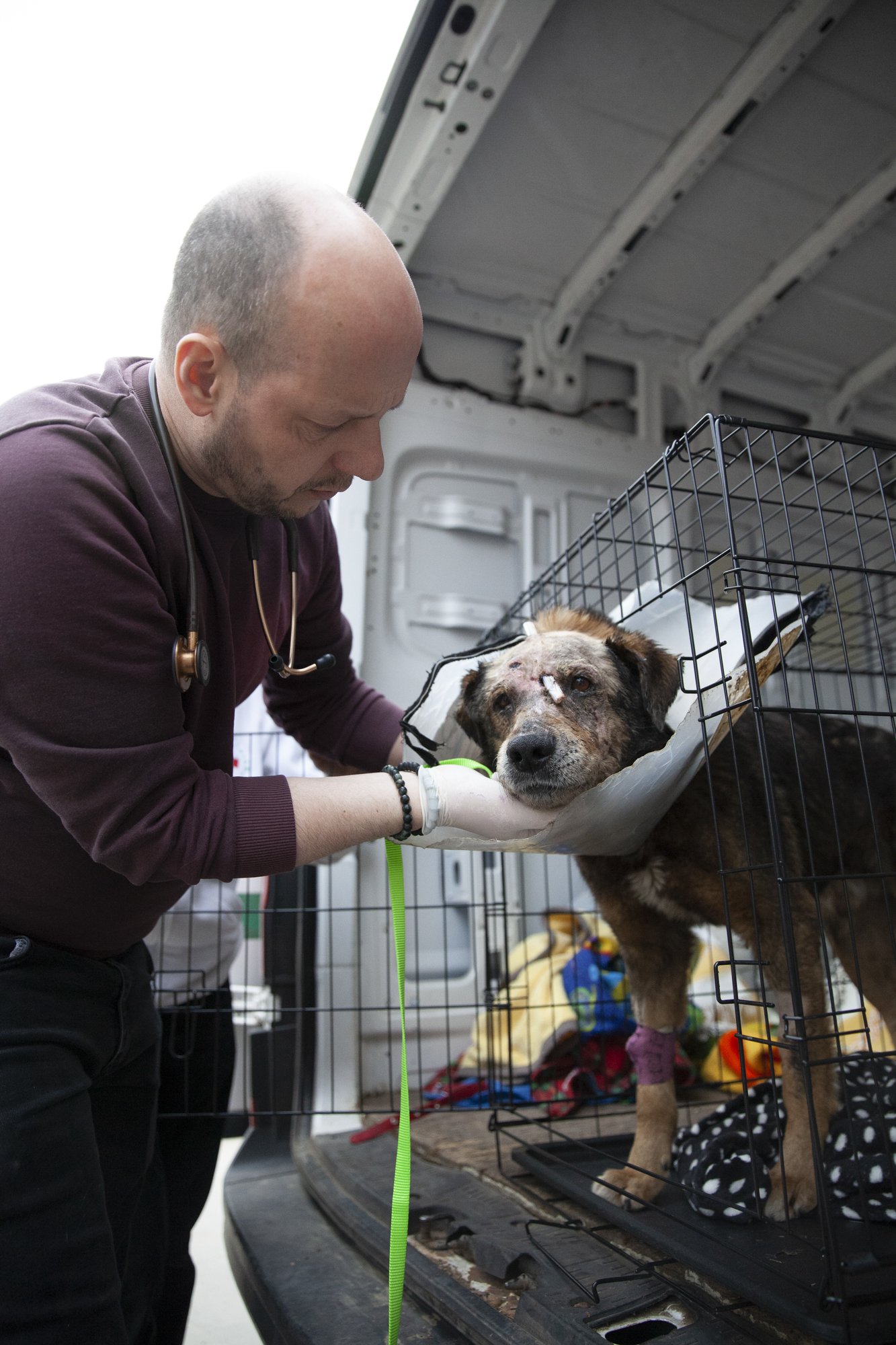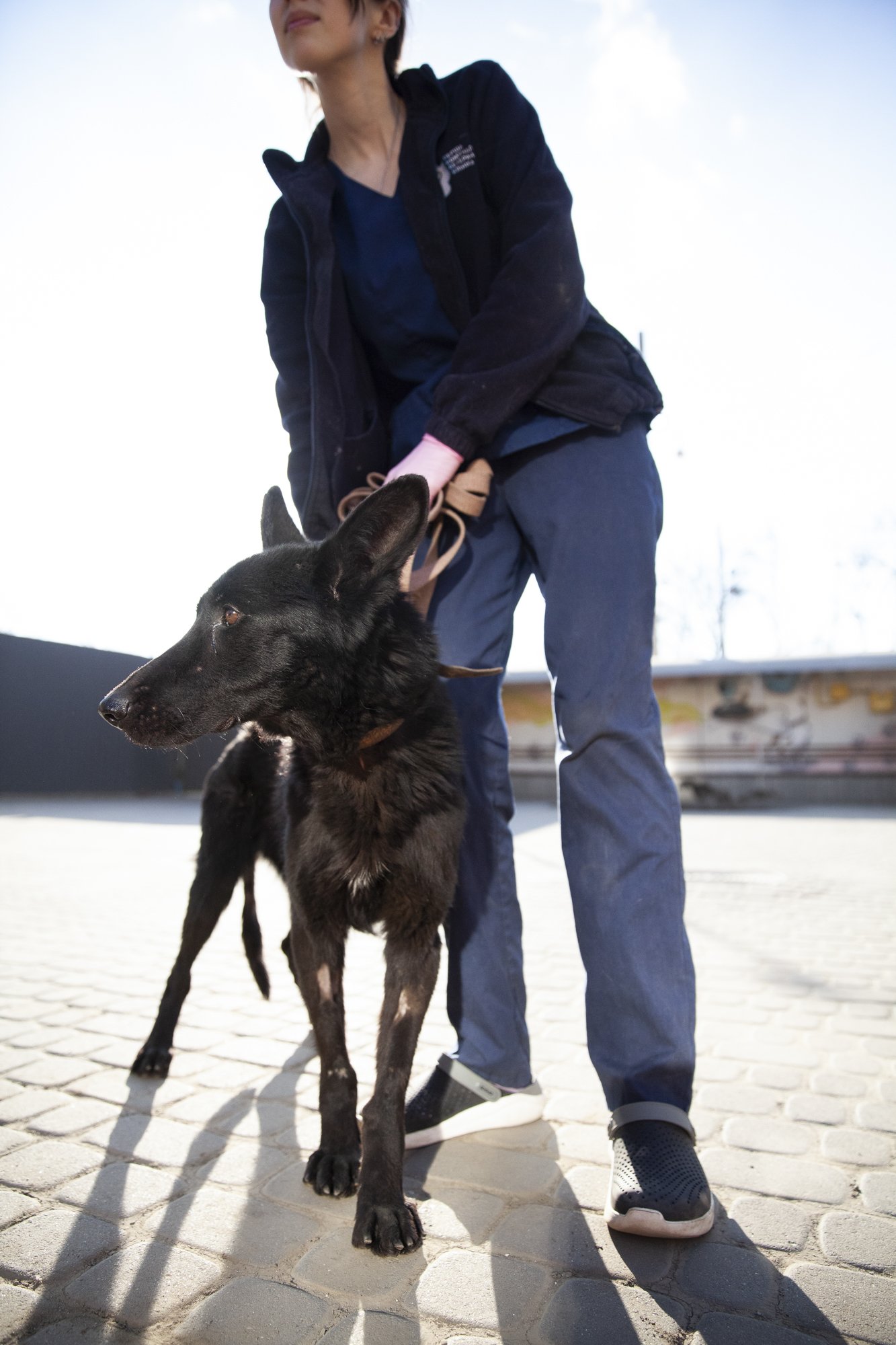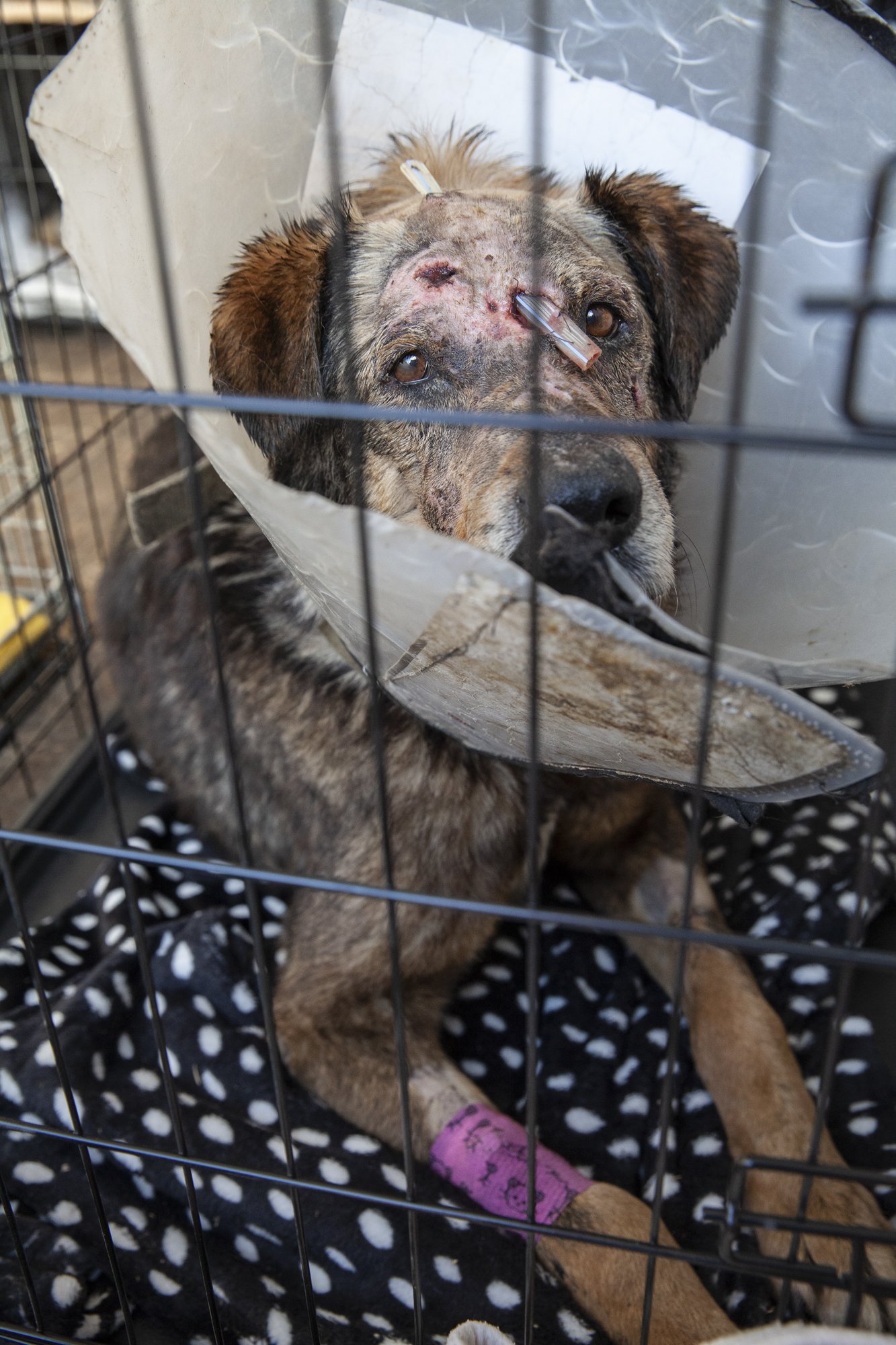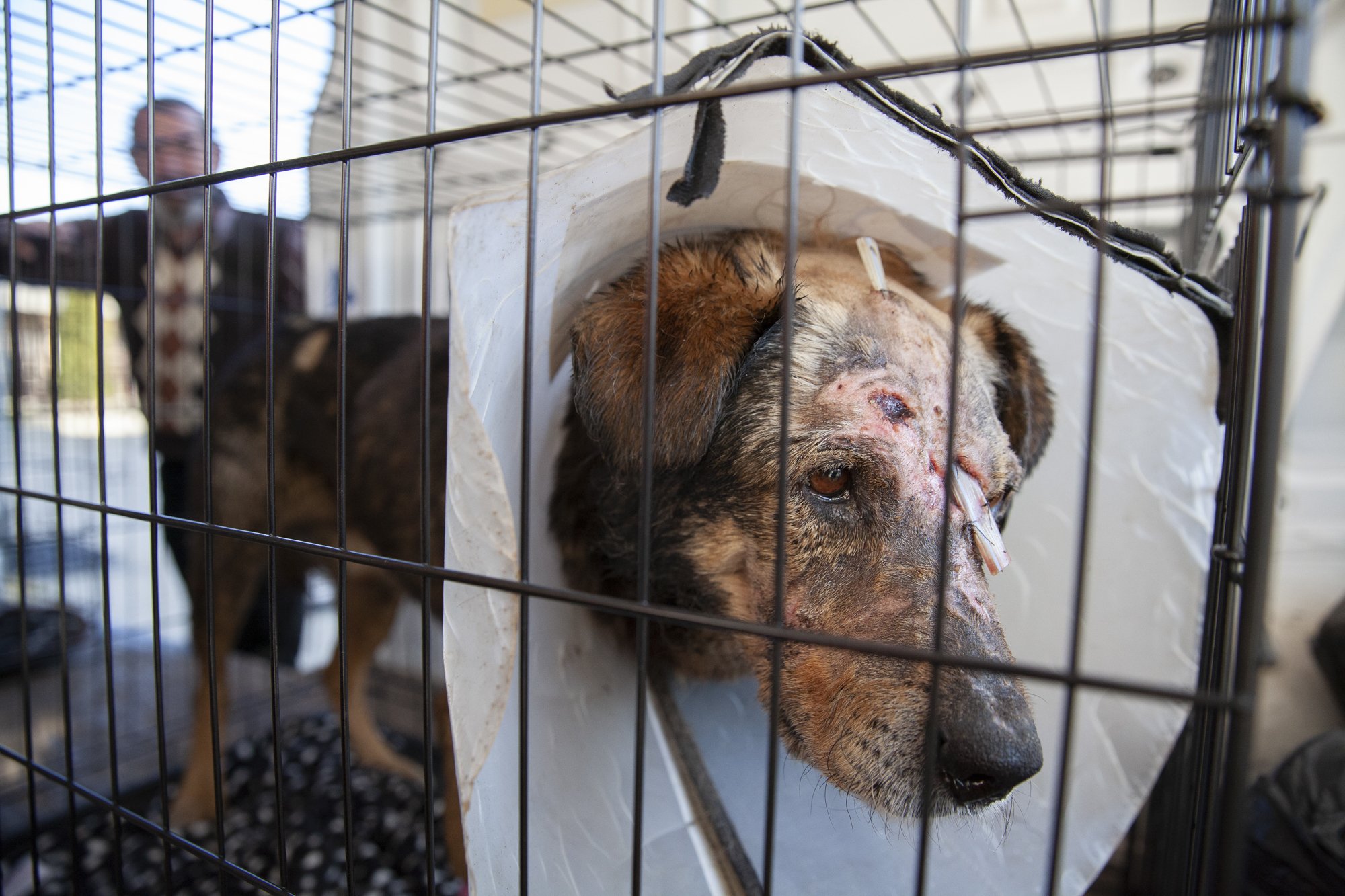Alan de Herrera
Freelance writer & photojournalist
Dogs of War
Pets join Ukraine’s war exodus
Published in DOGSTER magazine on May, 2022
Story and photos by Alan De Herrera
MOSKISHKA, Ukraine
It’s been one month since the war began. I’m here in Ukraine, embedded with a Polish veterinary team from the ADA Foundation--an animal clinic and hospital located near the Ukrainian border in Poland. We are traveling in a convoy of two animal ambulance vans, loaded with much needed food and medical supplies--on a mission to help pets displaced by war.
We pass another military check point as we drive towards the small village of Moskishka, located on the outskirts of Lviv. There is an eerie sense of foreboding as the war rages on, just 350 miles from here. “The shelters in Ukraine are overwhelmed because of all the dogs coming from the east,” says Cezar Kotowicz, the trip coordinator, referring to the dogs from the war torn regions. “These shelters don’t have enough resources and need our help.”
We arrive at the Hope Ranch, a small shelter run by Anya Zhuk. Wagging tails and friendly barks greet us as we start unloading 3-tons of donated kibble and other supplies. “We have 80 rescues here,” says Anya. “Three more arrived this morning.” The team unpacks and assembles metal crates while seven dogs are wrangled for evacuation. “One has a broken leg,” Anya tells me. “Some lost their owners and need affection. We can’t hug them all.” One by one, each dog is carefully loaded into a van along with a soft bed and blanket for the long ride to safety, and a new life.
At the Asylum of Mercy shelter, we help Nataliya Kuznetsova who has nearly 300 dogs. “We need a lot of food to care for all these dogs,” says Nataliya, who started her nonprofit in 2006. “Many of them were dropped off by owners who went off to fight in the war,“ she adds. It’s a difficult situation.”
The ADA Foundation is committed to assisting these two shelters and others for as long as it takes. In order to bring back rescued dogs from Ukraine, Poland’s border control requires each dog to be micro-chipped and have all required vaccine paperwork.
“We have treated over 400 dogs from Ukriane,” says Radak Fedaczynski, a veterinarian and co-owner of the ADA Foundation. He introduces me to Moon, a large German shepherd rescued from Ukraine. “She’s an older dog,” he says. Moon arrived at the center dehydrated with a bad skin infection. Dr. Fedaczynski then points to small mass under her abdomen. “She has a tumor that needs to be removed.”
In another room, there are more war stories. There I meet Hart, a one-year-old rambunctious black husky mix with piercing blue eyes. He wears a cast on each of his front legs, which were severely broken.
Next I meet Vira, a small dog recovering from a gunshot wound and spinal injury. “She was saved from the war-torn Donbas region,” says ADA Foundation veterinarian Jakub Kotowicz. With her back legs suspended in a vertical harness, Vira receives aqua therapy. Dr. Kotowicz shows me her CT scan which reveals a small bullet lodged in the middle of her spine. “She may not be able to use her back legs in the future so we are preparing to build her a wheelchair.” Vira wags her tail as they encourage her to move her hind legs through the warm water. “Rehabilitation is a long process,” Dr. Kotowicz says. “But at some point, she will be available for adoption.”
Like the children, these dogs are innocent bystanders of war. Noncombatants. But there is something strikingly different about this conflict as it pertains to animals. The world’s coverage in the media and on social has put Ukraine’s pets at the forefront, day after day. And in doing so, their stories will not go anonymous.

